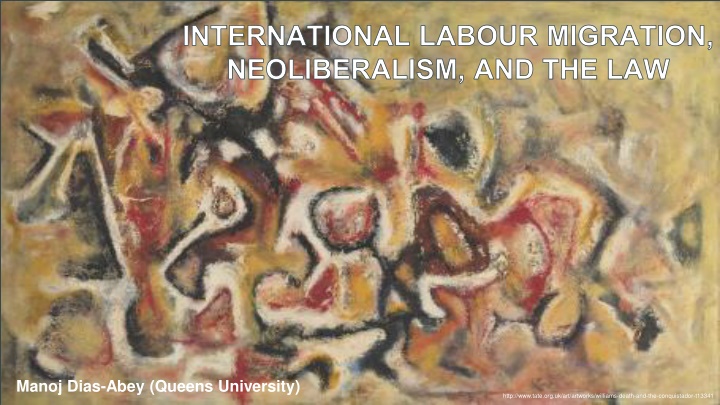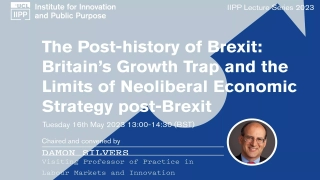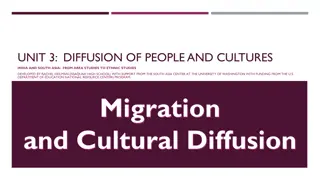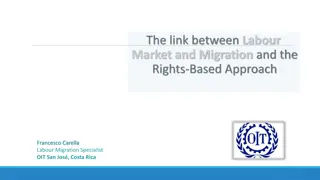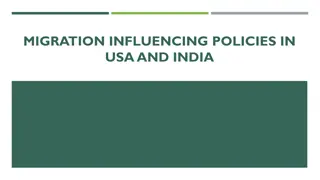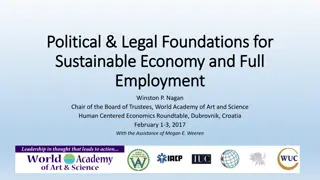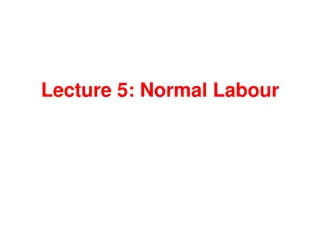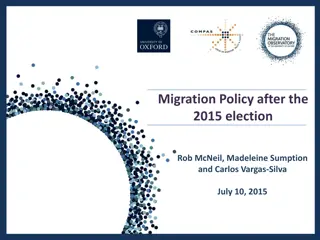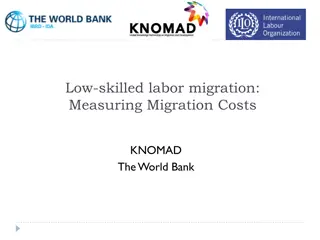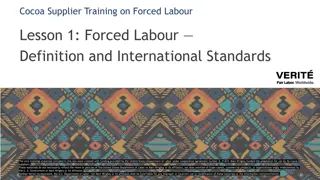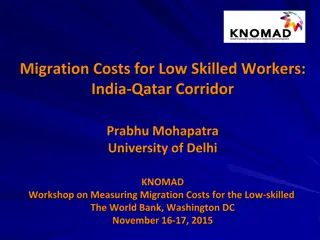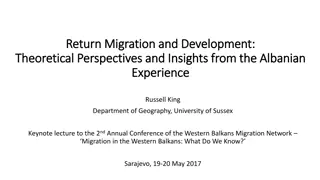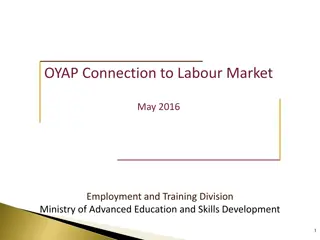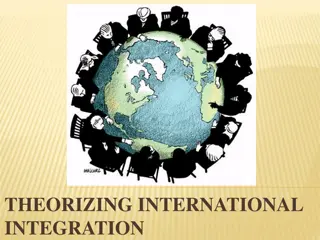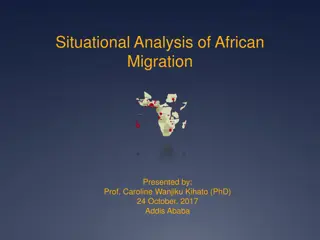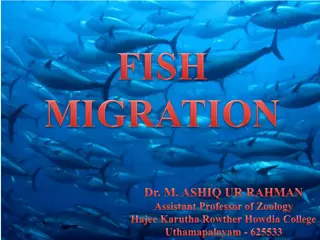Neoliberalism and Labour Migration Analysis
Labour migration in the contemporary era is shaped by neoliberalism, impacting labour market conditions in both sending and receiving countries. This analysis explores how temporary labour migration programs are used as tools for neoliberal restructuring, focusing on the Geneva School neoliberalism perspective.
Download Presentation

Please find below an Image/Link to download the presentation.
The content on the website is provided AS IS for your information and personal use only. It may not be sold, licensed, or shared on other websites without obtaining consent from the author.If you encounter any issues during the download, it is possible that the publisher has removed the file from their server.
You are allowed to download the files provided on this website for personal or commercial use, subject to the condition that they are used lawfully. All files are the property of their respective owners.
The content on the website is provided AS IS for your information and personal use only. It may not be sold, licensed, or shared on other websites without obtaining consent from the author.
E N D
Presentation Transcript
INTERNATIONAL LABOUR MIGRATION, NEOLIBERALISM, AND THE LAW Manoj Dias-Abey (Queens University) http://www.tate.org.uk/art/artworks/williams-death-and-the-conquistador-t13341
We can productively take neoliberalism as an analytical framework to analyze the changes in labour market conditions in receiving and sending countries, to which temporary labour migration becomes a solution. In turn, the way in which labour migration in the contemporary era is regulated makes these programs an instrument to deepen the process of neoliberal labour market restructuring.
GENEVA SCHOOL NEOLIBERALISM The global economy means: (1) free movement of capital, (2) international division of labour, and (3) national and international institutional frameworks that protect private property rights.
Neoliberal restructuring of labour markets Engagement of temporary migrant workers Demand for migrant workers
